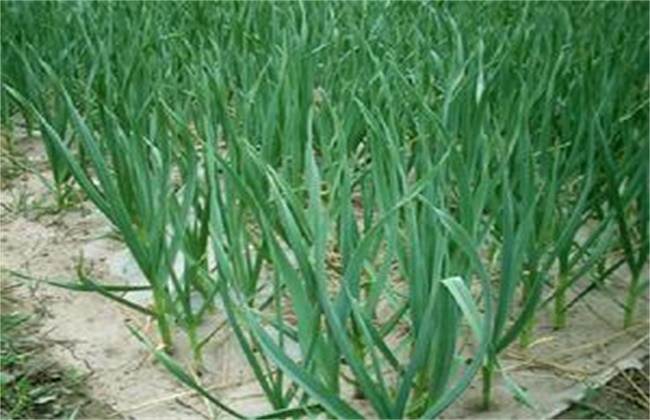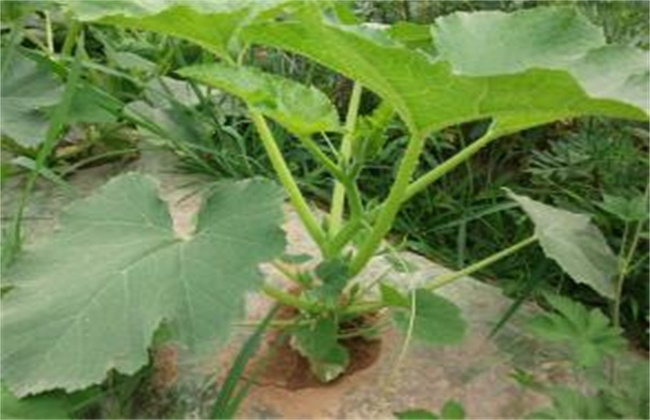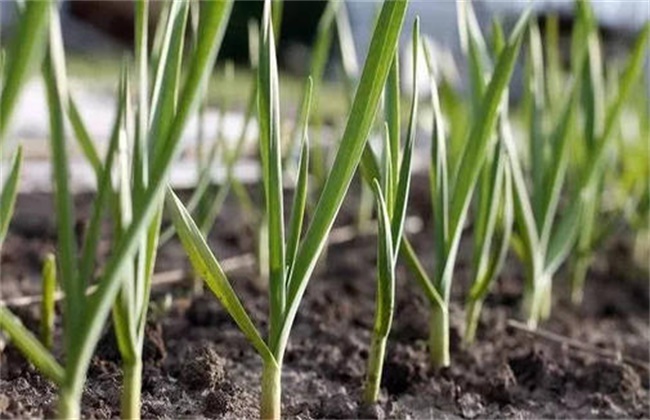Field management of spring sowing garlic
Garlic is widely planted in all parts of our country. When planting garlic, spring sowing is usually the main method. When sowing garlic in spring, garlic has an obvious stage of growth and development. Therefore, we need to do a good job of management according to the stages of growth and development. So the editor brings you the field management of spring sowing garlic today. The following is a brief introduction for everyone, let's have a look!

1. Budding stage
After the garlic seed is sown, it is the budding stage of garlic until before emergence. During the budding period before emergence, it is best not to water garlic. If the soil is really too dry, then a small amount of water can be irrigated reasonably according to the actual situation. Then draw a hoe on the soil to promote root emergence, the rest of the case is generally not watered. Because the distribution of garlic species is relatively shallow, so sowing will not be very deep, if too much watering, then it is very easy to lead to garlic seed rot, thus affecting germination and reducing yield.
2. Seedling stage
After the budding period of spring sowing garlic, it is the young stage of garlic. Spring sowing garlic usually starts watering when the tip of the leaf begins to yellowing. When the leaf tip is yellowed, it generally means that the garlic begins to withdraw from its mother. At this time, the nutrition stored in the garlic species is basically all consumed, and the plant is also prone to the phenomenon of disconnection. Therefore, when we are in the seedling stage, we should carry out watering and fertilization before the seed is withdrawn, so as to ensure the sustained and healthy growth of garlic.
3. The elongation period of garlic bolting
After the garlic seed withdraws its mother, the underground part of the garlic will gradually grow the second batch of new roots. At this time, flower buds and scale buds will begin to differentiate, and plants will therefore begin to enter a vigorous growth period. Therefore, at this time, the demand for fertilizer and water for garlic will rise sharply. Therefore, we should do a good job in water and fertilizer management a week or so before the withdrawal of garlic. Then water it every 7 days or so and stop watering 3 days before harvest. Prevent and cure garlic bolts with too much water content, which leads to too brittle and tender and easy to break.
4. Scale bud expansion stage
Finally, the management of the scale bud expansion period, after the harvest of garlic bolts, the nutrition in the garlic leaves and leaf sheaths will be gradually transported to the scale buds. At this time, it entered the stage of expansion of scale buds. In order to meet the nutrition demand of scale bud growth, we should apply quick-acting nitrogen fertilizer once, about 30 jin of ammonium sulfate per mu. At the same time, maintain a moist soil environment, and then stop watering the garlic a week before the harvest. To avoid excessive moisture leading to garlic skin rot, poor encapsulation of garlic, storage performance will be reduced.
The above is a brief introduction to the field management of spring sowing garlic. That's all for today's introduction. This article is for reference only. I hope it can be helpful to everyone.
Related
- Where is it suitable to grow horseradish in China? it is expected to see the middle altitude horseradish in Alishan.
- How to prevent tomato virus disease reasonably? (Control methods included)
- Many people like to plant towel gourd on the balcony. What are the main points of this method and management?
- What crops can chili peppers be mixed with?
- Fertilization techniques and matters needing attention in Tomato
- What are the grafting techniques for peach seedlings in spring?
- Harm and control methods of root swelling disease of Chinese cabbage
- What are the pests of sweet potatoes? How to prevent and cure it?
- Symptoms, causes and Control methods of navel Rot in Tomato
- The cause of "Cucumber rotten bibcock" in Farmers' planting Cucumber and its Control Plan



